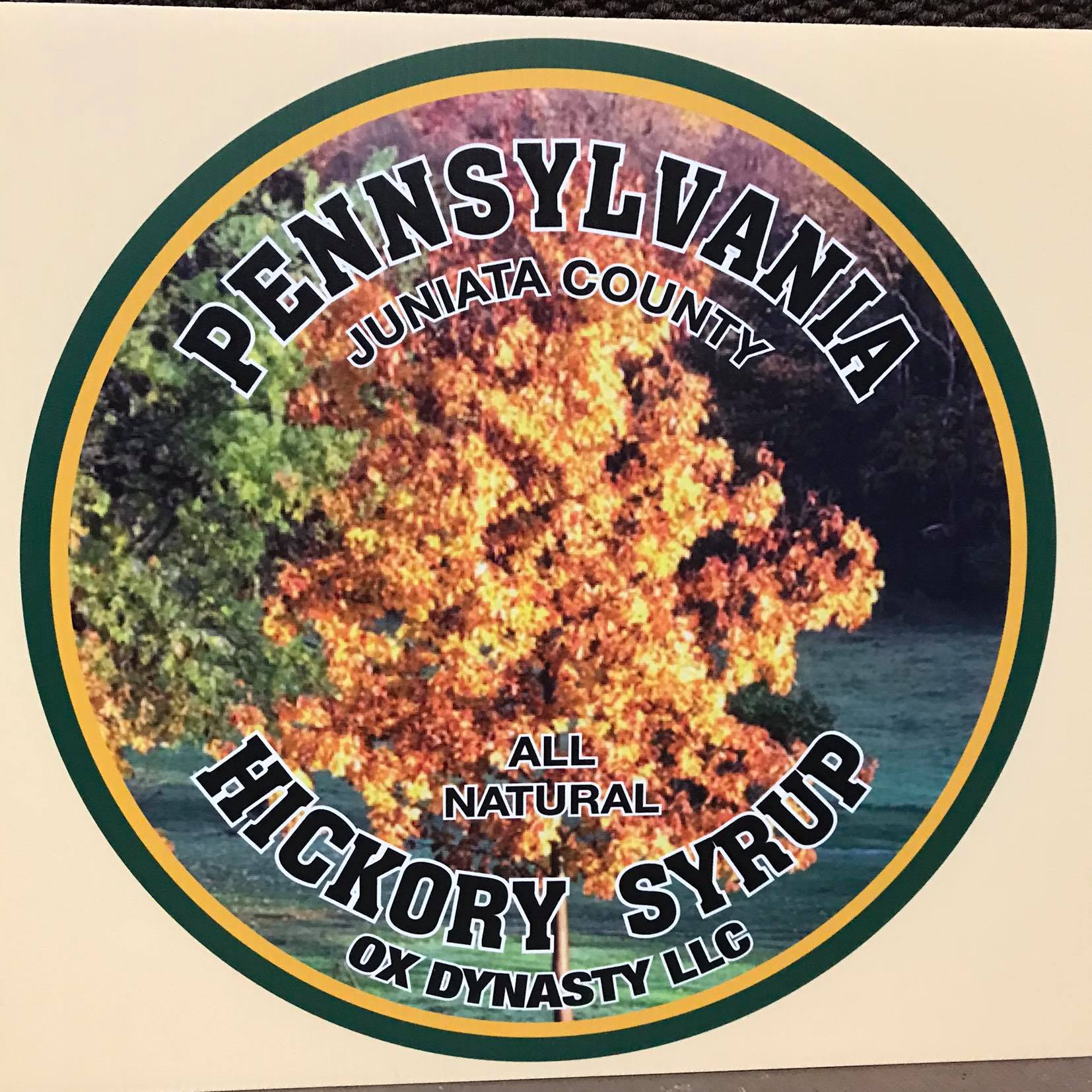The John Henry Simler House, located in Philipsburg, Pennsylvania, is a historic gem and the town’s oldest remaining structure. Built in 1807, this beautifully preserved home offers a glimpse into the life of early settlers and stands as a testament to Philipsburg’s rich history and enduring spirit.
A Storied History
Situated at 100 North Street, the Simler House was constructed by John Henry Simler, one of Philipsburg’s early settlers. Unlike typical frontier cabins, this 20’ x 24’ log home featured luxury details rare for its time, such as glass window panes and an attic window. Indoor stairways connecting the fruit cellar, second floor, and attic set it apart as an innovative and refined residence.
Over the decades, the Simler House evolved to meet the needs of the community, serving as a home, shoe repair shop, school, bakery, and even a tavern, embodying the adaptability and resourcefulness of Philipsburg’s residents.
Restoration and Preservation
In 2001, the Simler House was lovingly restored to its original appearance, thanks to the efforts of Barbara and Robert Bezilla, descendants of John Henry Simler. This significant project, supported by the Philipsburg Historical Foundation, preserved the home’s architectural integrity and historical importance.
Formally dedicated in 2005 by the Pennsylvania State Society Daughters of the American Colonists, the Simler House now serves as a centerpiece of Philipsburg’s historical heritage.

Architectural Significance
The Simler House showcases early 19th-century craftsmanship, including its large stone fireplace, full basement, and other thoughtful features that reflect a desire for comfort and permanence. These details highlight the transition from temporary settler structures to more sophisticated homes as the community grew.
Philipsburg Historical Foundation and Town Legacy
The Philipsburg Historical Foundation (PHF) plays a vital role in maintaining the Simler House and preserving the town’s rich heritage. Founded in 1956, the PHF focuses on educating the public and safeguarding historical artifacts and structures that tell Philipsburg’s story.
Philipsburg itself dates back to the 1790s, when Henry Philips sought to establish a thriving town in central Pennsylvania. Despite early challenges, including industrial setbacks, the town persevered, with landmarks like the Simler House symbolizing its resilience.

Plan Your Visit
The John Henry Simler House, located at the intersection of North 2nd Street and East Laurel Street, is a must-see destination for history enthusiasts. As a contributing property to the Philipsburg Historic District, which is listed on the National Register of Historic Places (NRHP #99000881), the house offers visitors the chance to step back in time.
Explore the Philipsburg Historic District and visit the Simler House to learn about early Pennsylvania architecture, the lives of settlers, and the town’s vibrant history.
Why Visit the John Henry Simler House?
- Historical Importance: The oldest structure in Philipsburg, showcasing early American craftsmanship.
- Cultural Legacy: A window into the lifestyles of 19th-century settlers and the community’s evolution.
- Educational Value: Managed by the Philipsburg Historical Foundation, offering insights into local heritage and the challenges of early industrial life.
Conclusion
The John Henry Simler House is more than a historical landmark; it is a celebration of Philipsburg’s enduring spirit and a treasure trove of local heritage. Whether you’re a history buff, an architecture enthusiast, or simply exploring Pennsylvania’s rich culture, a visit to the Simler House will leave you with a deeper appreciation of the past and its connection to the present.




